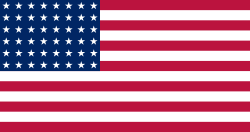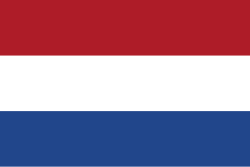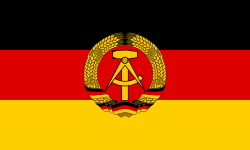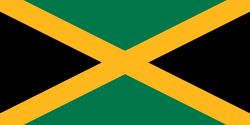Teresa Ciepły
| Teresa Ciepły | |
|---|---|
 | |
| Narození | 19. října 1937 Brodnia Górna |
| Úmrtí | 8. března 2006 (ve věku 68 let) Bydhošť |
| Povolání | sprinterka a atletka |
| Ocenění | Sportovec roku Polska (1962) |
| Choť | Olgierd Ciepły |
| Některá data mohou pocházet z datové položky. | |
| Přehled medailí | ||
|---|---|---|
| bronz | LOH 1960 | štafeta 4 × 100 m |
| stříbro | LOH 1964 | 80 m překážek |
| zlato | LOH 1964 | štafeta 4 × 100 m |
| Mistrovství Evropy v atletice | ||
| bronz | ME 1962 | běh na 100 m |
| zlato | ME 1962 | 80 m překážek |
| zlato | ME 1962 | štafeta 4 × 100 m |
Teresa Barbara Ciepły, rozená Teresa Wieczorek (* 19. října 1937, Brodnia Górna, Lodžské vojvodství – 8. března 2006, Bydhošť) byla polská atletka, sprinterka a překážkářka.
V roce 1962 se stala v Bělehradu mistryní Evropy v běhu na 80 metrů překážek a vybojovala bronz v běhu na 100 metrů. O dva roky později na letních olympijských hrách v Tokiu získala stříbrnou medaili (80 m př.). Společně s Irenou Kirszensteinovou, Halinou Góreckou a Ewou Kłobukowskou vybojovala zlaté olympijské medaile ve štafetě na 4 × 100 metrů v novém světovém rekordu, jehož hodnota byla 43,6 s.[1]
Odkazy
Reference
- ↑ Women 4x100m Relay Olympic Games 1964. www.sports-reference.com [online]. [cit. 2011-05-10]. Dostupné v archivu pořízeném z originálu.
Externí odkazy
 Obrázky, zvuky či videa k tématu Teresa Ciepły na Wikimedia Commons
Obrázky, zvuky či videa k tématu Teresa Ciepły na Wikimedia Commons - Teresa Ciepły v databázi Olympedia (anglicky)
- (polsky) Profil na stránkách olimpijski.pl
Média použitá na této stránce
Olympic Rings without "rims" (gaps between the rings), As used, eg. in the logos of the 2008 and 2016 Olympics. The colour scheme applied here was specified in 2023 guidelines.
Olympic Rings without "rims" (gaps between the rings), As used, eg. in the logos of the 2008 and 2016 Olympics. The colour scheme applied here was specified in 2023 guidelines.
US Flag with 48 stars. In use for 47 years from July 4, 1912, to July 3, 1959.
Flag of Second Polish Republic and later People's Republic of Poland in period from March 29, 1928 to March 10, 1980. Red shade used here is HTML "vermilion" #E34234. Proportion 5:8.
Flag of Second Polish Republic and later People's Republic of Poland in period from March 29, 1928 to March 10, 1980. Red shade used here is HTML "vermilion" #E34234. Proportion 5:8.
Flag of Jamaica. “The sunshine, the land is green, and the people are strong and bold” is the symbolism of the colours of the flag. GOLD represents the natural wealth and beauty of sunlight; GREEN represents hope and agricultural resources; BLACK represents the strength and creativity of the people. The original symbolism, however, was "Hardships there are, but the land is green, and the sun shineth", where BLACK represented the hardships being faced.
The civil ensign and flag of Belgium. It is identical to Image:Flag of Belgium.svg except that it has a 2:3 ratio, instead of 13:15.
Flag of the NSDAP during 1920 to 1945. Used to accompany File:Flag of German Reich (1933–1935).svg as National and commercial flag during 1933 to 1935.
Teresa Cieply
Flag of the NSDAP during 1920 to 1945. Used to accompany File:Flag of German Reich (1933–1935).svg as National and commercial flag during 1933 to 1935.
The Canadian Red Ensign used between 1921 and 1957.
This image has compared for accuracy (mainly colors) using an image from World Statesmen. The only change is making the maple leaves green from red. This image has compared for accuracy (mainly colors) using an image from World Statesmen. The most recent version of this image has changed the harp into one with a female figure; see [http://flagspot.net/flags/ca-1921.html FOTW



















